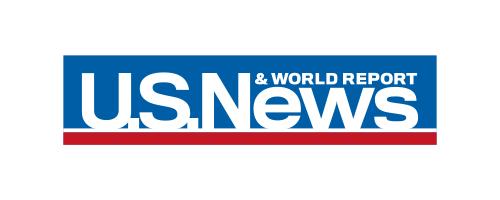Skip to the good bit
ToggleInstalling a gas line isn’t something you should mess around with. Getting it wrong will result in expensive fixes, safety risks, or worse, serious property damage. Whether you’re working on a home or commercial project, knowing what not to do can save you just as much trouble as knowing the right steps. Many homeowners and contractors think gas line installation in Dallas, TX, is a straightforward process. They figure they can take shortcuts or skip certain steps without consequences. This is where things go sideways. When you cut corners or ignore code requirements, you’re setting yourself up for problems that can haunt you for years.
Neglecting Proper Permits and Inspections
This one’s huge, and it happens way too often. People skip permits and inspections, thinking their contractor will handle everything automatically. When you bypass this step, you’re not just breaking local building codes but also risking fines and having to rip out all that work you just paid for. Getting permits and scheduling inspections isn’t just paperwork. It’s your safety net. These steps make sure your installation meets safety standards and protects everyone in the building. Also, you’ll have legal coverage if anything goes wrong down the road. The extra time and cost upfront beat dealing with violations later.
Choosing Incorrect Pipe Materials
Not all pipes are created equal, and using the wrong materials is asking for trouble. Pick the wrong stuff, and you’ll end up with corrosion, leaks, or complete system failure. Take flexible corrugated stainless steel tubing (CSST). It’s popular, but you need proper bonding to avoid electrical problems. Black iron pipes are the old-school choice that many pros still swear by for their durability. The right choice depends on your gas type, local codes, and how your building is set up. A qualified technician knows which materials will actually work for your specific situation, not just what’s cheapest or easiest to find.
Improper Pipe Sizing
Get your pipe sizing wrong, and your whole system suffers. Too small, and you won’t have enough gas pressure for your appliances. Too large, and you might create dangerous pressure buildups that nobody wants to deal with. Calculating the right size means understanding how much gas all your appliances need and factoring in the distance the gas has to travel. Mess this up, and you’re looking at costly replacements and major disruptions to your energy supply. Proper sizing keeps gas flowing safely and consistently to all your appliances, both now and when you add more later. Don’t guess—use sizing charts or digital calculators to get it right.
Failing to Perform a Pressure Test
Skipping a pressure test after installation is like walking away from a job before you know if it actually works. This test tells you whether your new gas line can hold the right pressure without leaking. Many installers, especially those who rush or lack experience, skip this step. They assume their materials are perfect and their work is flawless. Pressure testing is mandatory. You fill the line with air and measure whether the system holds pressure over time. Most inspectors require this before they’ll sign off on your installation. It’s your proof that everything works safely.
Poor Planning Around Existing Utilities
Here’s where things can get dangerous fast. Not paying attention to underground utilities during installation leads to accidents, legal problems, and service outages. Many installations go wrong because contractors don’t properly locate water, sewer, or electrical lines before they start digging. The consequences aren’t just expensive—they’re dangerous. You could damage critical infrastructure or put workers at risk. Before anyone picks up a shovel, call utility location services and mark every underground line. Planning your gas line route around these existing utilities prevents hazards and makes future expansions or pipe repairs in Plano, TX, much simpler.
Installing a gas line isn’t a weekend DIY project, and it’s definitely not the place to cut corners. Every single step, from initial planning and permits to pressure testing and choosing materials, requires real expertise and strict attention to safety standards. Avoiding these common mistakes means you’ll end up with a reliable gas system that powers your appliances efficiently and safely for years. Taking time to do things properly the first time saves you thousands of dollars and prevents emergencies that could put lives and property at risk. Make smart decisions, work with professionals who know what they’re doing, and treat every part of the installation as critical to your project’s success.
If you’re planning to install a gas line and want it done right the first time, consult certified professionals with a proven track record. Schedule a consultation with the experts at NTX Plumbing to ensure every detail is handled with care and compliance, from permits to pressure testing.
FAQs
- How do I know if my gas line setup meets safety codes?
Your licensed professional should give you inspection documentation and compliance certificates when the job’s done. If you’re not sure everything’s up to code, ask for a second inspection from your local building authority. Better safe than sorry.
- Can I install a gas line myself if I have plumbing experience?
Even if you’re handy with plumbing, the installation usually requires a license and strict safety compliance. Your best bet is hiring a certified gas technician who knows the codes inside and out. It’s not worth the risk to go it alone.







